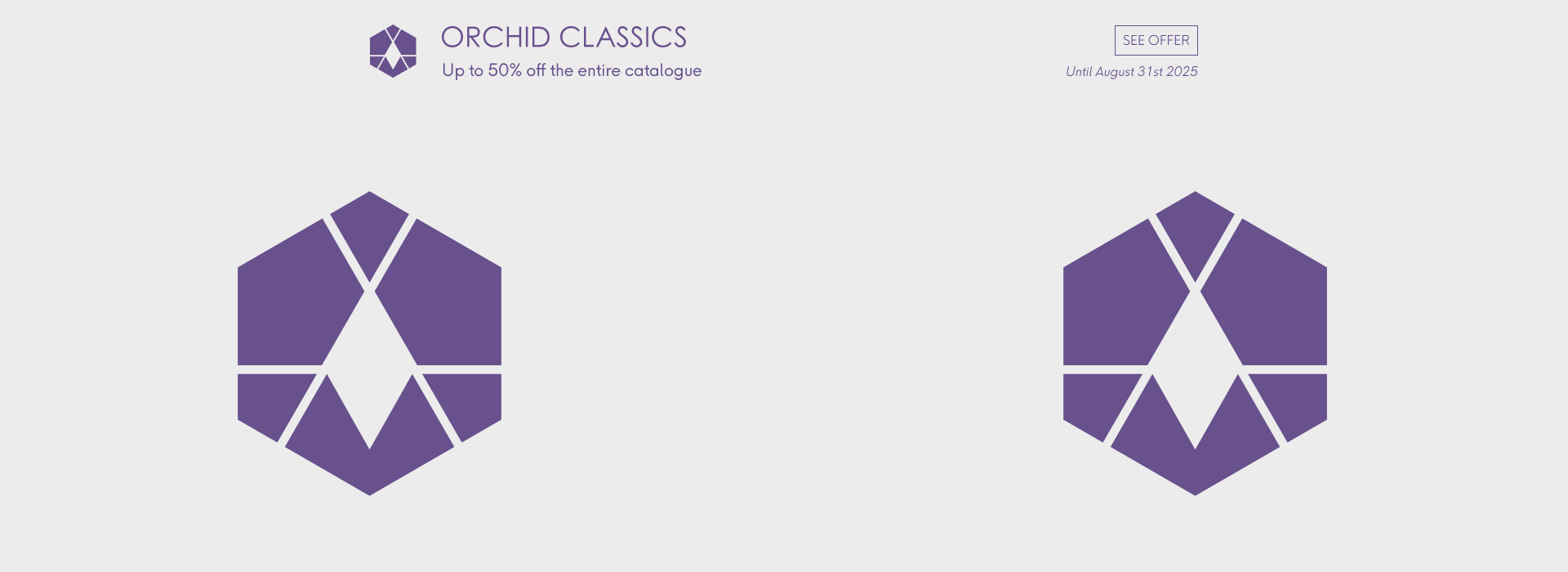
Unlimited Streaming
Listen to this album in high quality now on our apps
Start my trial period and start listening to this albumEnjoy this album on Qobuz apps with your subscription
SubscribeEnjoy this album on Qobuz apps with your subscription
Digital Download
Purchase and download this album in a wide variety of formats depending on your needs.
Fortepianist Jerome Hantaï (brother of Pierre) recorded this album in early 2020, just before all hell broke loose, and the Mirare label is to be commended for not letting it get lost in the shuffle. It is unusual in several ways, not least in the recently restored anonymous instrument Hantaï plays. Fortepianos tend to fall into the gentle step-away-from-the-harpsichord type and the muscular ones that look forward to Beethoven's instruments, but this one falls somewhere in between, with a strong but not overly percussive sound. Hantaï deploys it in smooth, elegant readings of the two Mozart sonatas here, works in which the fortepiano really came into its own, as well as in a group of fairly unusual rondos. The Rondo in A minor, K. 511, is a chromatic, debilitated piece almost always played as proto-Romantic Mozart, sometimes in an extreme way; Hantaï goes counter to type with a straightforward reading, and who is to say he is wrong? The Rondo K. 494, usually played as the finale to the unfinished Piano Sonata in F major, K. 533, but taking on a different flavor here by itself, and K. 485 are also unusual, but rarest of all is the Allemande from the Suite for piano in C major, K. 399. This unfinished work was an exercise in Handelian style written by Mozart under the influence of Vienna's Baron van Swieten and his collection of Baroque manuscript works, and it is fascinating; it doesn't sound much like Handel at all beyond its French dance rhythm, and Mozart seems to have treated it as an excuse to experiment with chromatic harmony. It is truly one of a kind and is not often heard. This is an intriguing Mozart fortepiano recording with something to offer even for those with large collections of period Mozart performances.
© James Manheim /TiVo
You are currently listening to samples.
Listen to over 100 million songs with an unlimited streaming plan.
From £10.83/month

Piano Sonata No. 7 in C Major, K. 309 (Wolfgang Amadeus Mozart)
Wolfgang Amadeus Mozart, Composer - Jerome Hantai, Piano, MainArtist
2024 Mirare 2024 Mirare
Wolfgang Amadeus Mozart, Composer - Jerome Hantai, Piano, MainArtist
2024 Mirare 2024 Mirare
Wolfgang Amadeus Mozart, Composer - Jerome Hantai, Piano, MainArtist
2024 Mirare 2024 Mirare
Wolfgang Amadeus Mozart, Composer - Jerome Hantai, Piano, MainArtist
2024 Mirare 2024 Mirare
Wolfgang Amadeus Mozart, Composer - Jerome Hantai, Piano, MainArtist
2024 Mirare 2024 Mirare
Piano Sonata No. 13 in B-Flat Major, K. 333 (Wolfgang Amadeus Mozart)
Wolfgang Amadeus Mozart, Composer - Jerome Hantai, Piano, MainArtist
2024 Mirare 2024 Mirare
Wolfgang Amadeus Mozart, Composer - Jerome Hantai, Piano, MainArtist
2024 Mirare 2024 Mirare
Wolfgang Amadeus Mozart, Composer - Jerome Hantai, Piano, MainArtist
2024 Mirare 2024 Mirare
Wolfgang Amadeus Mozart, Composer - Jerome Hantai, Piano, MainArtist
2024 Mirare 2024 Mirare
Wolfgang Amadeus Mozart, Composer - Jerome Hantai, Piano, MainArtist
2024 Mirare 2024 Mirare
Album review
Fortepianist Jerome Hantaï (brother of Pierre) recorded this album in early 2020, just before all hell broke loose, and the Mirare label is to be commended for not letting it get lost in the shuffle. It is unusual in several ways, not least in the recently restored anonymous instrument Hantaï plays. Fortepianos tend to fall into the gentle step-away-from-the-harpsichord type and the muscular ones that look forward to Beethoven's instruments, but this one falls somewhere in between, with a strong but not overly percussive sound. Hantaï deploys it in smooth, elegant readings of the two Mozart sonatas here, works in which the fortepiano really came into its own, as well as in a group of fairly unusual rondos. The Rondo in A minor, K. 511, is a chromatic, debilitated piece almost always played as proto-Romantic Mozart, sometimes in an extreme way; Hantaï goes counter to type with a straightforward reading, and who is to say he is wrong? The Rondo K. 494, usually played as the finale to the unfinished Piano Sonata in F major, K. 533, but taking on a different flavor here by itself, and K. 485 are also unusual, but rarest of all is the Allemande from the Suite for piano in C major, K. 399. This unfinished work was an exercise in Handelian style written by Mozart under the influence of Vienna's Baron van Swieten and his collection of Baroque manuscript works, and it is fascinating; it doesn't sound much like Handel at all beyond its French dance rhythm, and Mozart seems to have treated it as an excuse to experiment with chromatic harmony. It is truly one of a kind and is not often heard. This is an intriguing Mozart fortepiano recording with something to offer even for those with large collections of period Mozart performances.
© James Manheim /TiVo
About the album
- 1 disc(s) - 10 track(s)
- Total length: 01:12:27
- 1 Digital booklet
- Main artists: Jérôme Hantaï
- Composer: Wolfgang Amadeus Mozart
- Label: Mirare
- Genre: Classical
2024 Mirare 2024 Mirare
Improve album information
 Why buy on Qobuz...
Why buy on Qobuz...
-
Stream or download your music
Buy an album or an individual track. Or listen to our entire catalogue with our high-quality unlimited streaming subscriptions.
-
Zero DRM
The downloaded files belong to you, without any usage limit. You can download them as many times as you like.
-
Choose the format best suited for you
Download your purchases in a wide variety of formats (FLAC, ALAC, WAV, AIFF...) depending on your needs.
-
Listen to your purchases on our apps
Download the Qobuz apps for smartphones, tablets and computers, and listen to your purchases wherever you go.



